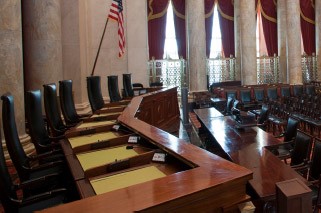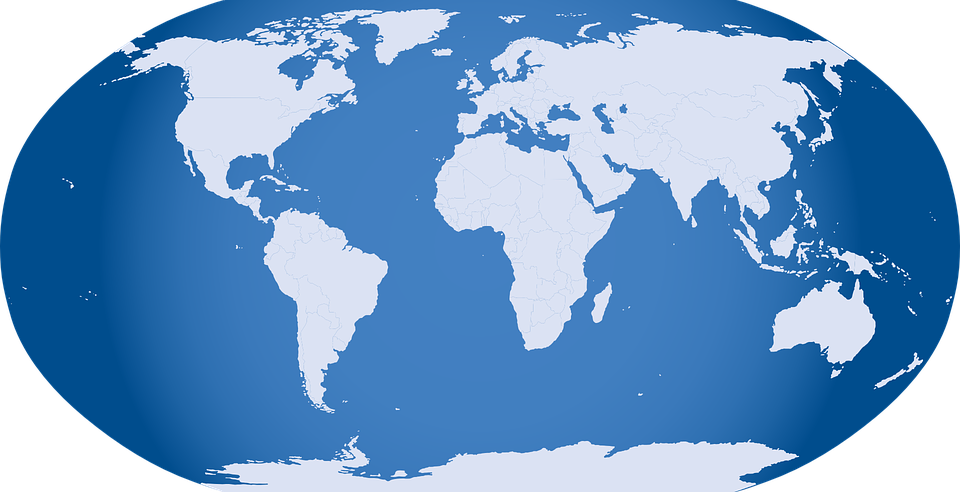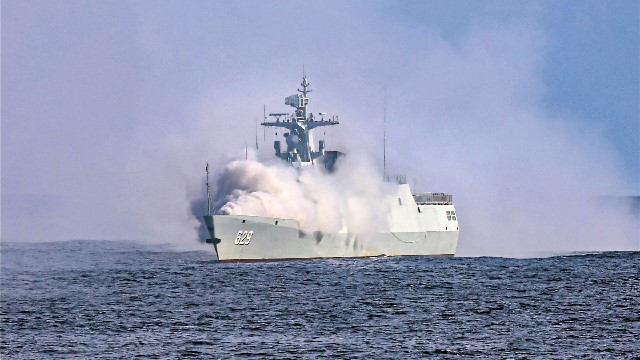Americans opening up their latest energy bill are, in some cases, being forced to choose between paying it or putting an adequate amount of food on the table.
The shock and hardships endured by Americans from their current energy charges, at home, at the gas station, and even in the products they buy is directly due to the influence of environmental extremists, who have caused massive harm to both personal and national finances and international relations.
The reality is that “alternative” energy sources can, currently, only provide about 20% of the world’s energy needs, and that will not change until major technological innovations occur, which will not happen for many years. It is as if, in the year 1776, someone had suggested that in a century or so the automobile would be invented and proceeded to shoot all the horses.
Despite that reality and that timeline, the extremists have successfully assaulted fossil fuels and nuclear energy without regard to the harm they are causing. It is apparently of no consequence to them that they have fueled—pardon the pun—international crises, harmed national economies, and devastated family budgets.
The dramatic increase in both your energy bills, and the inflationary prices in everything else, are the specific and direct result of the Biden Administration’s assault on American energy independence at the behest of environmental extremists. On day one of his reign, Biden killed the Keystone XL pipeline. He then stopped energy development in a portion of Alaska, and forbade further energy development on federal lands. This left the U.S. dependent on foreign nations to fulfill our energy.
It also dramatically started an inflationary cycle. Everything you eat, buy, or use takes energy to produce, manufacture, and transport to you or your store. The hike in food prices is as related to energy policy as much as the cost of gasoline for your car.
The leftist politicians who buy into anti-fossil fuel policies cannot feign ignorance of the devastating impact they have on the population. In 2008, Barack Obama clearly stated “Under my plan … electricity rates would necessarily skyrocket.” He should have added that the price of everything else would “skyrocket” as well.
Bureaucrats haven’t been coy about this, either. Also in 2008, Energy Secretary Steven Chu’s said he was attempting to “figure out how to boost the price of gasoline to the levels in Europe.”
There is no practical way in which, under current technology, “zero emissions” can be achieved in any realistic manner. A total reliance on solar and wind, even if feasible, would require that up to 20% of the entire U.S. landmass would have to be covered in solar panels and wildlife-killing wind turbines, an environmental disaster in and of itself. Since solar panels and wind turbines have relatively short lifespans, the problem of disposing those used and non-biodegradable devices will result in a further crisis.
A Wall Street Journal analysis reports that:
“Costs will continue to rise if politicians remain bent on achieving net-zero emissions globally. Bank of America finds that achieving net zero globally by 2050 will cost $150 trillion over 30 years—almost twice the combined annual gross domestic product of every country on earth.”
In addition to massive inflation, extreme environmental policies are responsible for deteriorating international relations.
The late Senator John McCain once said that “Russia is a gas station masquerading as a nation.” Biden’s anti-fossil fuel policies are a gift-wrapped present to Vladimir Putin. The Kremlin’s aggressive actions towards Russia’s neighbors are fueled by the vast riches it has gained from the sale of energy. As environmental extremists slash energy production in the West, Putin gets wealthier, and his uses that wealth to build his military.
Illustration: Pixabay








